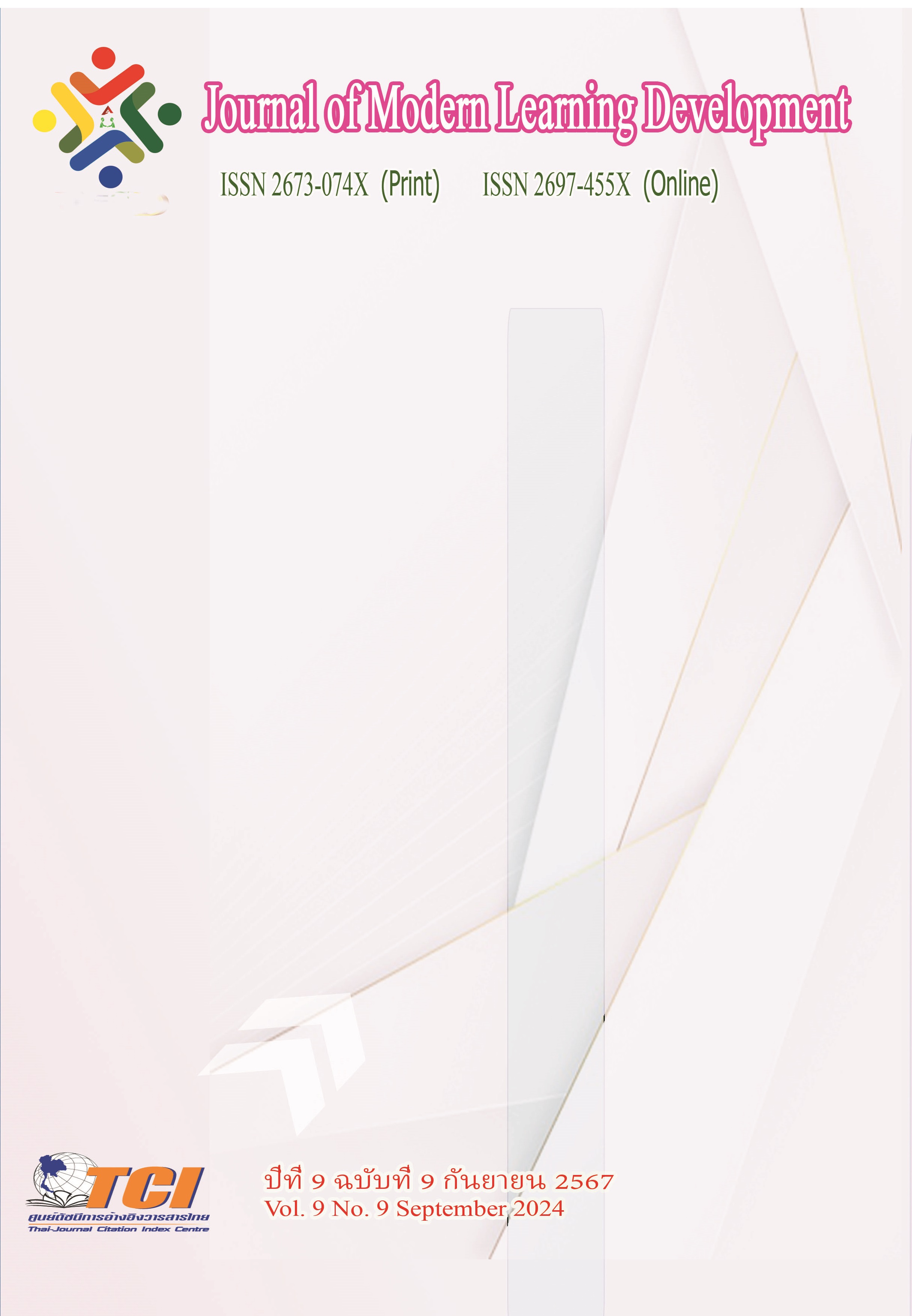20-Year National Strategy : Approaches to Solving Inequality Issues
Main Article Content
Abstract
Inequality in Thai society is a long-standing problem and a discourse that is mentioned in every cycle of development. The 20-year national strategy on solving inequality problems is a policy framework for driving the country that aims to create universal, equal, and fair access to development for all people at all levels, especially by opening opportunities for people to participate. It emphasizes the attraction of social forces consisting of various sectors, including the private sector, civil society, and local communities, to jointly drive national development in the form of a public-private partnership, which will help to solve inequality problems sustainably, including strengthening communities’ ability to manage themselves and preparing the Thai population in terms of health, economy, society, and environment to become quality citizens who can rely on themselves and benefit their families, communities, and society to the greatest extent possible.
Article Details
References
ภูริวัจน์ ปุณยวุฒิปรีดา. (2561). ความเหลื่อมล้ำ : แนวคิด สถานการณ์ในประเทศไทย และแนวทางแก้ไข. วารสารสหวิทยาการนวัตกรรมปริทรรศน์. 1 (1), 35-43.
สฤณี อาชวานันทกุล. (2554). ความเหลื่อมล้ำ ฉบับพกพา. นนทบุรี: สำนักงานปฏิรูป (สปร.).
สำนักงานคณะกรรมการพัฒนาการเศรษฐกิจและสังคมแห่งชาติ. (2562). ยุทธศาสตร์ชาติระยะ 20 ปี (พ.ศ. 2561-2580). (พิมพ์ครั้งที่ 2). กรุงเทพมหานคร: สำนักงานเลขานุการของคณะกรรมการ ยุทธศาสตร์ชาติ สำนักงานคณะกรรมการพัฒนาการเศรษฐกิจและสังคมแห่งชาติ.
Arsenio, W. F., & Gold, J. (2006). The effects of social injustice and inequality on children’smoral judgments and behavior: Towards a theoretical model. Cognitive Development. 21, 388-400.
Coburn, D. (2000). Income inequality, social cohesion and the health status of populations:the role of neo-liberalism. Social Science & Medicine. 51 (1), 135-146.
Chothipaporn, W. (2009). The relationship between financial development with economicgrowth and the impact of financial inequality countries, Thailand. (Master Degree,Thammasat University, Bangkok).
Das, D. (2008). Urban Quality of Life : A Case Study of Guwahati. Social Indicators Research. 88 (2), 297-310.
Diener, E., & Suh, E. (1997). Measuring Quality of Life: Economic, Social, and SubjectiveIndicators. Social Indicators Research. 40 (1), 189-216.
Diener, E. D. (1995). A value based index for measuring national quality of life. SocialIndicators Research. 36 (2), 107-127.
Emanuel, X.-O., André, O. L., & Saurav, P. (2015). What motivates entrepreneurial entry undereconomic inequality? The role of human and financial capital. Human Relations. 68 (7), 1183-1207.
Han, J., Zhao, Q., & Zhang, M. (2016). China’s income inequality in the globalcontext.Perspectives in Science. 7, 24-29.
Lippmann, S., Davis, A., & Howard, E. A. (2005). Entrepreneurship and Ine quality. Retrieved November 6, 2023. From: https://www.researchgate.net/ publication/242 029 097_ Entrepreneurship_and_Inequality.
Liu, B. C. (1974). Quality of life indicators: A preliminary investigation. Social IndicatorsResearch. 1 (2), 187-208.
Murali, V., & Oyebode, F. (2004). Poverty, social inequality and mental health. Advances inPsychiatric Treatment. 10 (3), 216-224.
Office of the National Economic and Social Development Council. (2017). The TwelvtethNational Economic and Social Development Plan (BE 2017-2021). Bangkok: The PrimeMinister’s Office.
Qi, Z., & Youfa, W. (2004). Socioeconomic inequality of obesity in the United States: dogender, age, and ethnicity matter?. Social Science & Medicine. 58 (6), 1171-1180.
Veenstra, G. (2002). Social capital and health (plus wealth, income inequality and regionalhealth governance). Social Science & Medicine. 54 (6), 849-868.


